The hot weather has caused losses to shrimp farmers.
Since the beginning of April, in the coastal districts of Cau Ngang, Duyen Hai, Chau Thanh and Duyen Hai town of Tra Vinh province, the large temperature difference during the day has adversely affected the water environment, causing damage to more than 454 hectares of shrimp farming with nearly 270 million shrimp. According to the Department of Fisheries, Fisheries and Seas and Islands (Department of Agriculture and Environment of Tra Vinh province), the damaged shrimp were mostly in the 20-45 day old stage, raised according to the intensive farming model, infected with white spot disease, acute hepatopancreatic necrosis, intestinal diseases...
This is also the time when thousands of farming households in Tra Vinh province are harvesting the first shrimp crop of 2025, with a harvested output of more than 13,300 tons. Of which, the white-leg shrimp output is nearly 12,500 tons, bringing high profits thanks to the increasing price of raw shrimp. However, due to the harsh weather conditions, many people are quite worried about the next shrimp crops.
High-tech shrimp farming in greenhouses in Bac Lieu province helps reduce risks, ensure productivity and economic efficiency during periods of extreme weather. (Photo: THANH PHONG)
The adverse weather also caused losses to shrimp farmers in some communes such as Tam Giang and Tam Tien in Nui Thanh district (Quang Nam). Vice Chairman of the People's Committee of Tam Tien commune Nguyen Xuan Uy said that the commune currently has 370 hectares of shrimp ponds, of which 40 hectares are lined ponds and 330 hectares are tidal ponds. In recent days, the erratic weather has been the main cause of mass shrimp deaths, affecting people's economic lives.
Hot weather also causes aquatic plants in the pond to die, increasing the risk of water pollution. Director of Ha Vang Aquaculture Cooperative (Ha Tinh) Nguyen Van Hoa said that at this time, the diseases that often appear on shrimp are white spot disease, pink body, muscle necrosis and muscle opacity. Therefore, applying measures to stabilize water environment factors for shrimp to grow and develop smoothly is always a top priority.
Bac Lieu province currently has nearly 140,000 hectares of shrimp farming, with annual output contributing 20-21% of the total national shrimp farming output. In 2025, the province set a target of shrimp export of 1.3 billion USD. Faced with the adverse impacts of the weather, the Department of Agriculture and Environment of Bac Lieu province requested the People's Committees of districts, towns and Bac Lieu city to direct specialized agencies to closely monitor the area, provide technical support to people to proactively protect the farming area effectively, and limit risks and possible damage.
Hong Dan district is a key area implementing the shrimp-rice model in Bac Lieu province with nearly 26,000 hectares of shrimp farming. Director of the Hong Dan district Agricultural Technical Service Center, Su An Binh, said that the Center has advised shrimp farmers to minimize shrimp deaths due to heat by keeping the surface water on the rice fields at 0.5m and keeping the water level in the surrounding ditches at 1.2m or higher.
Periodically once a week, check water environment factors such as temperature, salinity, pH and oxygen for timely treatment. In addition, in extremely hot conditions, farmers need to increase the use of microorganisms to treat and improve the farming environment, supplement vitamins, minerals... to increase shrimp resistance to disease.
The Department of Agriculture and Environment of Tra Vinh province directed functional units in coastal districts to focus on inspecting and closely monitoring the weather and environment, stepping up propaganda, advising shrimp farmers to regularly monitor and observe water sources, water in ponds, operate fan systems well, and ensure the necessary amount of oxygen in the farming area. For damaged shrimp farming areas, farmers are required not to discharge untreated wastewater and not to discharge dead or diseased shrimp into the environment, to clean ponds properly, and to ensure the destruction of pathogens.
To cope with the severe heat, aquaculture experts also recommend that farmers feed shrimp with appropriate portions and regimens according to size and stocking density, reducing the amount of food by 15-30% on hot days; supplement vitamin C, trace minerals, and digestive enzymes to increase shrimp resistance.
Maintain environmental factors within appropriate thresholds, keep the water level in the pond at least 1.3-1.5m, add dissolved oxygen, use biological products to treat water and the bottom of the pond. For households with conditions, it is possible to invest in a net covering 0.8-1m from the water surface to reduce direct sunlight impact on the pond.
Source: https://baolangson.vn/giam-thiet-hai-tom-nuoi-do-thoi-tiet-nang-nong-5044853.html


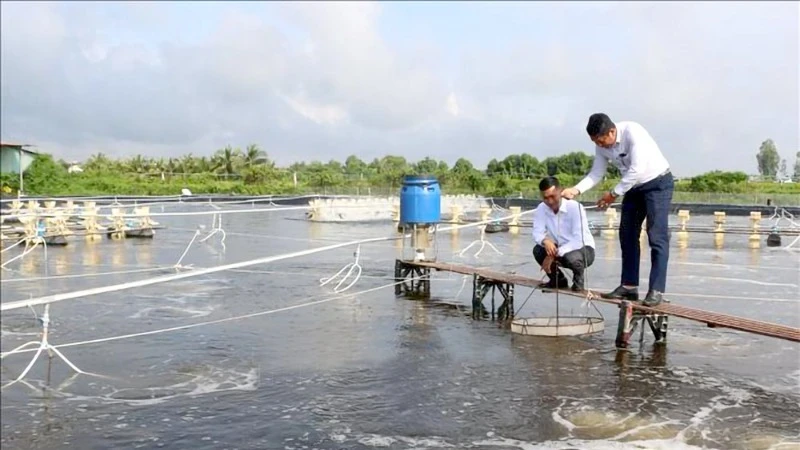
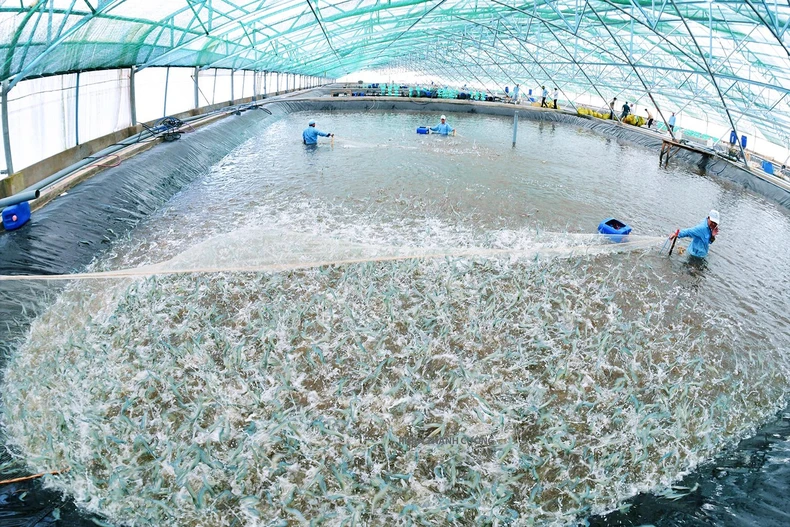


![[Photo] Ready for the top competitions of Vietnamese table tennis](https://vphoto.vietnam.vn/thumb/1200x675/vietnam/resource/IMAGE/2025/5/18/9c547c497c5a4ade8f98c8e7d44f5a41)
![[Photo] Many young people patiently lined up under the hot sun to receive a special supplement from Nhan Dan Newspaper.](https://vphoto.vietnam.vn/thumb/1200x675/vietnam/resource/IMAGE/2025/5/18/6f19d322f9364f0ebb6fbfe9377842d3)
![[Photo] Party and State leaders attend the special art program "You are Ho Chi Minh"](https://vphoto.vietnam.vn/thumb/1200x675/vietnam/resource/IMAGE/2025/5/18/6895913f94fd4c51aa4564ab14c3f250)

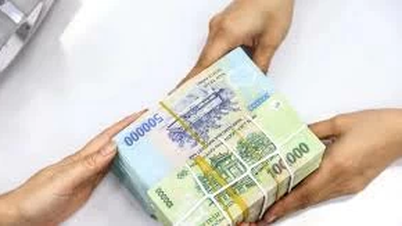

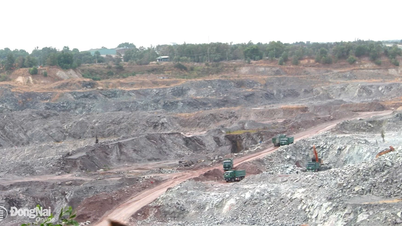
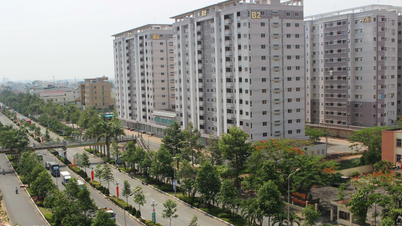




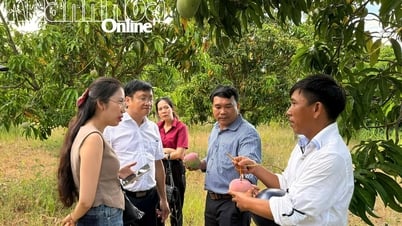





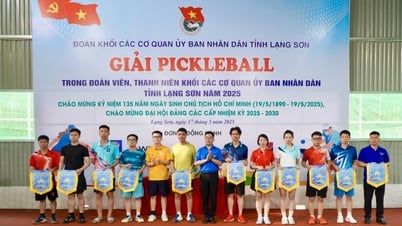
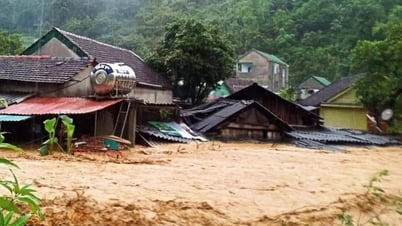






















































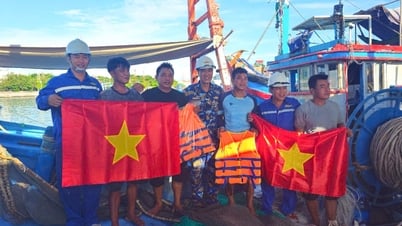
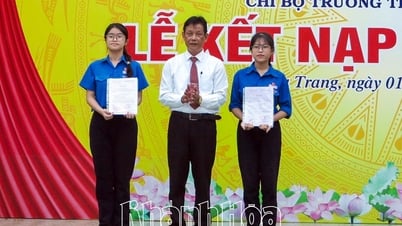










Comment (0)